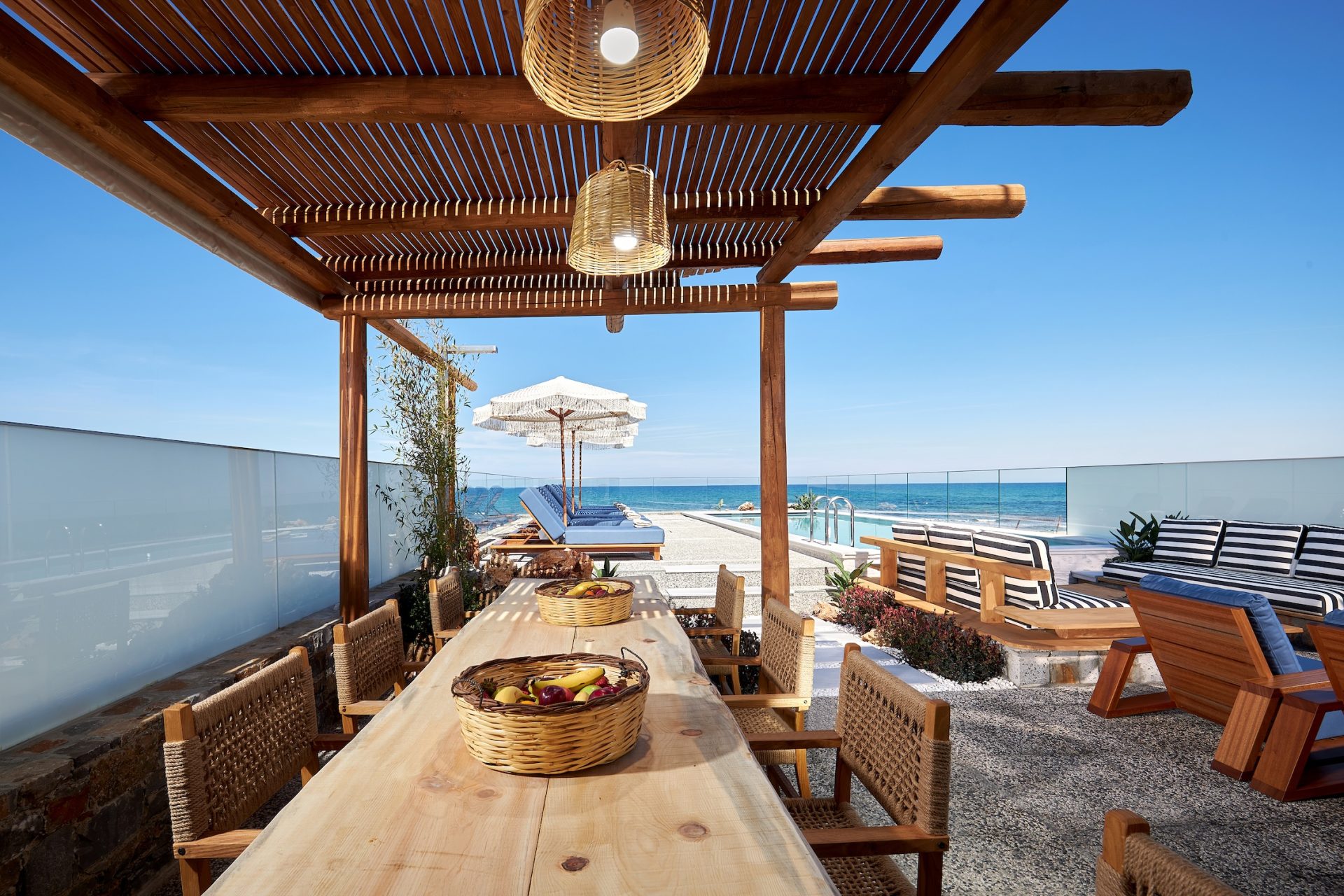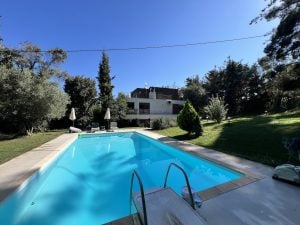If you are thinking about buying a home in Greece, you might come across two legal terms that sound simple but play an important role in property ownership: Horizontal and vertical property. At first glance, these might seem like just technical distinctions. In reality, they actually shape key aspects of ownership, such as the structure of the property, how common areas are shared, the rights and responsibilities of the owners, and the maintenance responsibilities that may apply.
What Does Horizontal Ownership Mean in Greece?
Let’s start with the basics. A horizontal property refers to the exclusive ownership of a specific unit (such as an apartment, a maisonette, or a villa), combined with shared ownership of the land and common areas. In some cases, a unit may come with exclusive use rights over certain spaces (like a private garden or parking spot), which are reserved for the exclusive use of that unit’s owner. If such exclusive use rights exist, they will be clearly stated in the horizontal properties establishment deed.
This kind of ownership is found in buildings or complexes with multiple units, even if they are not stacked on top of each other.
So, when you buy such a property, you will own your unit exclusively, but also share ownership and responsibilities for the land and common areas with the other owners.
This means you’re subject to a building regulation agreement, which can dictate everything regarding the common areas and the relationship between the co-owners, from how repairs are handled to what alterations are allowed, and even rules around noise or short-term rentals. These regulations can be found in the horizontal properties establishment deed and the co-ownership regulations, and are important because they set expectations in shared spaces. For instance, installing solar panels on the roof or making changes to the façade of the building might require permission from the other co-owners. In short, horizontal ownership often comes with a set of rules due to the communal nature of the property.
What Is Vertical Ownership and Where Is It Found?
On the other hand, a vertical property refers to a more independent form of ownership, where each owner holds exclusive rights over a standalone house along with the specific portion of land on which it is built. This individual plot forms part of a larger parcel of land that has been subdivided into several “vertical” units, each belonging to a different owner. In addition to their private section, all owners share joint ownership of the common areas of the entire larger plot.
So, in this type of ownership, each home is independently owned and has exclusive use over specific parts of the land (like the garden or swimming pool area), while the land as a whole remains under joint ownership. Unlike in horizontal ownership, in vertical ownership, each owner is typically responsible for the maintenance costs of their residence and the specific portion of land on which it is built. However, any expenses related to the shared parts of the larger land parcel, such as access roads or other communal areas, are usually divided among all co-owners, according to the terms set out in the vertical properties establishment deed and the co-ownership regulation. Also, in this type of ownership, you’re subject to a building regulation agreement (Κανονισμός Πολυκατοικίας), which dictates everything regarding the common areas and the relationship between the co-owners.

What Should Buyers Look Out for?
Both horizontal and vertical ownership are legally recognised structures in Greece, and are entirely valid and secure when the legal framework is followed correctly. The most important thing is to work with a qualified legal team that can guide you through the details, ensure proper registration, and help you understand your rights and obligations.
Regardless of which type of ownership you are buying, legal clarity is essential. The structure of ownership, along with rights and obligations, should be clearly described in the property’s establishment deed and the co-ownership regulation. As part of the legal check in the records of the competent Land Registry and Hellenic Cadaster, your lawyer will carefully review all relevant documentation to ensure that the unit you are buying is legally defined, properly registered, and free of encumbrances or disputes.
Choosing between horizontal and vertical property in Greece affects both lifestyle and investment. Horizontal ownership offers shared spaces and community, while vertical ownership gives full control over a building.


































